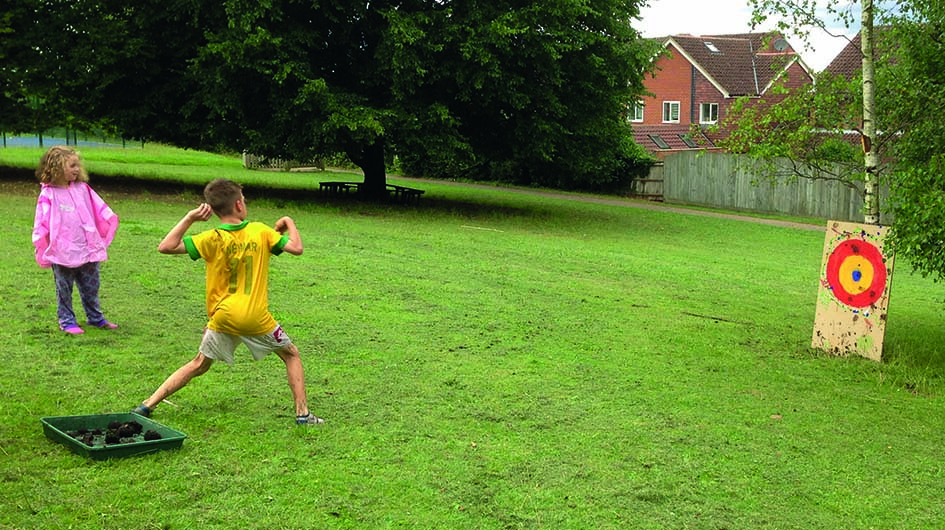
Quick wins – target games
 Throwing objects might be a contentious activity, but it is an important one.
Throwing objects might be a contentious activity, but it is an important one.
Children like to throw things, and in order to write successfully, they need to build up the muscle groups in their upper back, shoulders, elbows, wrists and fingers – and practising controlled flinging is one way of doing this.
As children grow older, the ability to hit a target accurately (basketball hoop, archery target, etc.) will become increasingly valued. Start by experimenting with simple home-made targets such as a chalk mark on the floor or on a wall, or a bucket suspended from a rope.
Register now to continue reading
Thank you for visiting Nursery World and making use of our archive of more than 35,000 expert features, subject guides, case studies and policy updates. Why not register today and enjoy the following great benefits:
What's included
-
Free access to 4 subscriber-only articles per month
-
Unlimited access to news and opinion
-
Email newsletter providing activity ideas, best practice and breaking news
Already have an account? Sign in here









